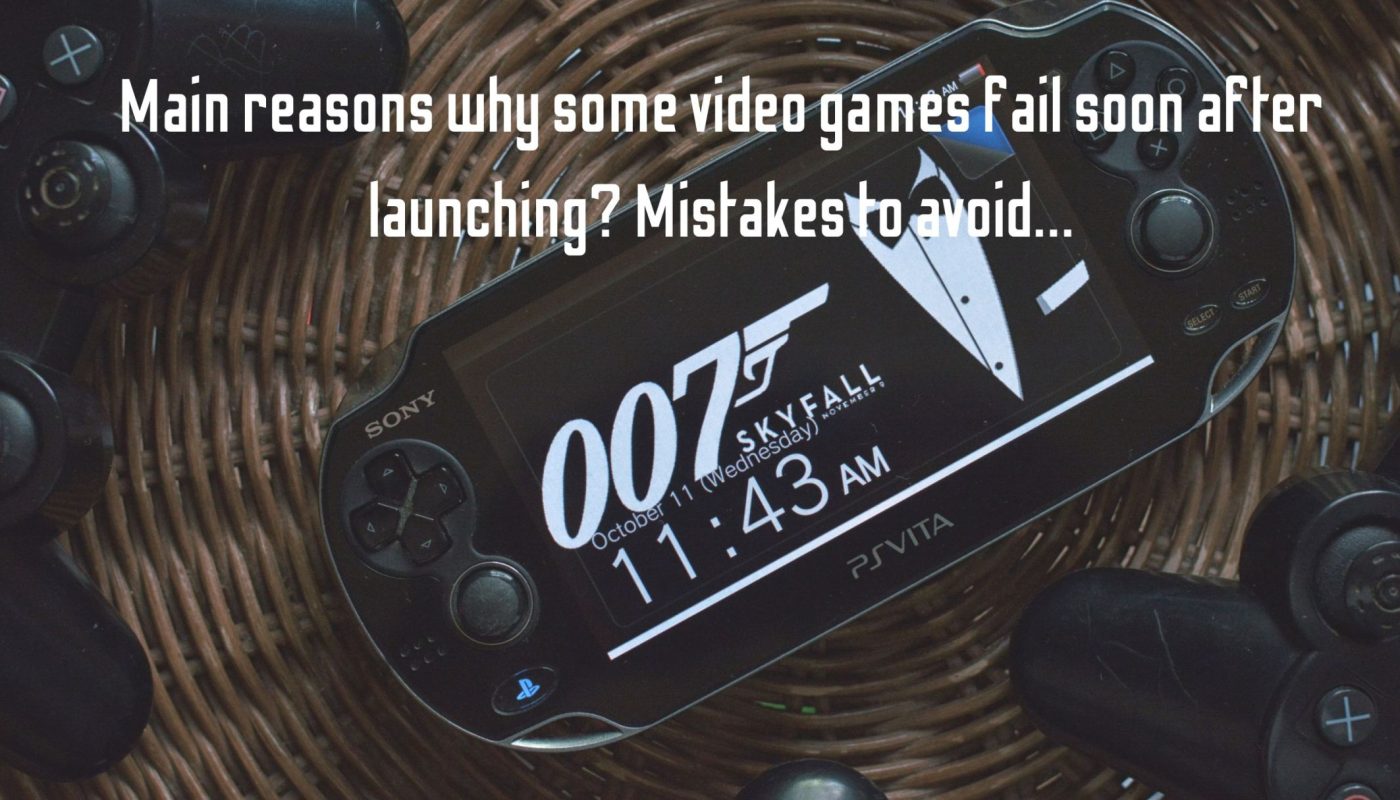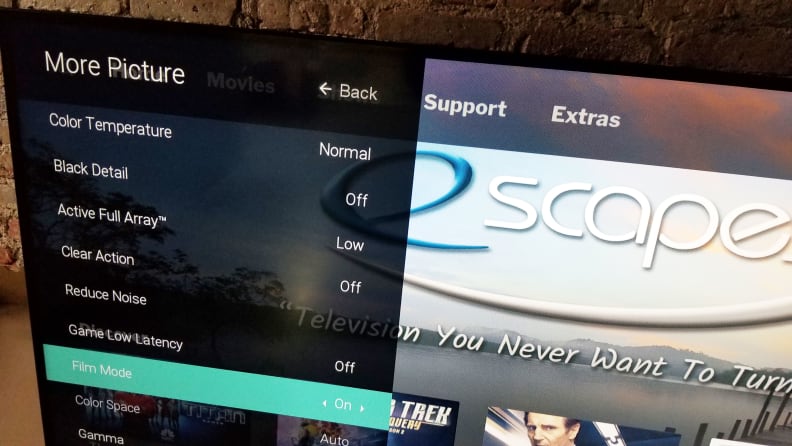Page Contents
Understanding Input Lag
Input lag in gaming refers to the delay between pressing a button on your controller or keyboard and seeing the corresponding action happen on the screen. It can be caused by various factors, such as the display, the game itself, or the hardware being used.
Reducing input lag is crucial for gamers as it can significantly impact their performance and overall gaming experience. The lower the input lag, the more responsive the game feels, allowing players to react quickly and accurately to in-game events.
How Input Lag Affects Gameplay Experience
Input lag can lead to delayed reactions, making it difficult for players to execute precise movements or actions in fast-paced games. This delay can be frustrating and may result in missed opportunities or mistakes during gameplay.
Furthermore, high input lag can affect the competitive aspect of gaming, especially in multiplayer scenarios where split-second decisions can determine the outcome of a match. By reducing input lag, players can gain a competitive edge and improve their overall gaming performance.
Causes of Input Lag
Gaming tips for reducing input lag – Input lag in gaming can be caused by various factors, including hardware and software issues. Understanding these causes is crucial for minimizing latency and improving overall gaming experience.
Esports, short for electronic sports, refers to competitive video gaming. The popularity of Esports has been rapidly growing worldwide, with professional competitions, live streaming, and huge fan bases. Many gamers now make a living through Esports tournaments and sponsorships. Esports encompass a wide variety of game genres, from multiplayer online battle arenas to first-person shooters. To learn more about Esports, you can visit this informative Esports link.
Hardware Contributing to Input Lag
Hardware components play a significant role in creating input lag during gaming. Some common reasons include:
- Old or outdated hardware, such as graphics cards or processors, may struggle to keep up with the demands of modern games, leading to delays in processing input commands.
- High display resolution and refresh rates can also contribute to input lag if the hardware is not capable of handling the increased workload efficiently.
- Connection issues, such as using a wireless mouse or keyboard instead of wired ones, can introduce delays in transmitting input signals to the computer.
Software Settings Impacting Input Lag, Gaming tips for reducing input lag
Software configurations and settings can also influence input lag in gaming. Some factors to consider include:
- High graphics settings in games can put a strain on the hardware, resulting in slower response times to player inputs.
- Background processes and applications running on the computer can consume system resources, causing delays in processing input commands for the game.
- Incorrect display settings, such as V-Sync or frame rate caps, may limit the responsiveness of the game to player actions, leading to input lag.
Ways to Reduce Input Lag: Gaming Tips For Reducing Input Lag
Reducing input lag is crucial for enhancing your gaming experience. By optimizing display settings, using a wired connection, and upgrading hardware components, you can significantly minimize input lag and improve overall performance.
Optimizing Display Settings
One effective way to reduce input lag is by optimizing your display settings. Make sure to set your monitor or TV to a gaming mode, as this can help reduce processing time and improve response rate. Additionally, adjusting settings such as brightness, contrast, and refresh rate can also contribute to lowering input lag.
Importance of Using a Wired Connection
Using a wired connection, such as an Ethernet cable, instead of relying on Wi-Fi, can significantly reduce input lag. Wired connections offer more stable and consistent data transmission, resulting in quicker response times and smoother gameplay. This is especially important for online gaming where every millisecond counts.
Upgrading Hardware Components
Another effective way to reduce input lag is by upgrading your hardware components. Investing in a faster processor, more RAM, or a better graphics card can help improve overall system performance and reduce input lag. Additionally, upgrading to a monitor with a higher refresh rate can also make a noticeable difference in reducing input lag.
Testing and Measuring Input Lag
When it comes to gaming, testing and measuring input lag is crucial to ensure a smooth and responsive gaming experience. By understanding how to test and measure input lag on different devices, you can make necessary adjustments to minimize any delay between your actions and the on-screen response.
Methods for Testing Input Lag on Different Devices
- Use a high-speed camera to capture the screen and your input device simultaneously. By analyzing the footage frame by frame, you can calculate the delay between your input and the on-screen response.
- Utilize specialized hardware devices like input lag testers, which are designed to accurately measure the delay between pressing a button and the corresponding action on the screen.
Tools and Software for Measuring Input Lag
- Software tools like SMTT (Simple Input Lag Tester) can be used to measure input lag on computers and monitors by displaying a moving object that responds to your input.
- Online tools such as websites that offer input lag tests can help you assess the delay on different devices and setups.
Interpreting Input Lag Results and Making Adjustments
- Monitor the input lag results obtained from testing and measuring to identify any patterns or consistent delays across different devices.
- Adjust settings on your gaming devices, such as reducing graphics quality or enabling game mode on your TV, to help minimize input lag.
- Consider upgrading to devices with faster response times, such as monitors with high refresh rates or gaming keyboards with low input latency, to further reduce input lag.
Esports, short for electronic sports, is a form of competition using video games. It has gained immense popularity in recent years, with professional gamers competing in tournaments worldwide. Esports encompass a wide range of genres, from first-person shooters to multiplayer online battle arenas. The industry continues to grow rapidly, attracting a large fan base and lucrative sponsorships. To learn more about Esports, you can visit this Esports link.





